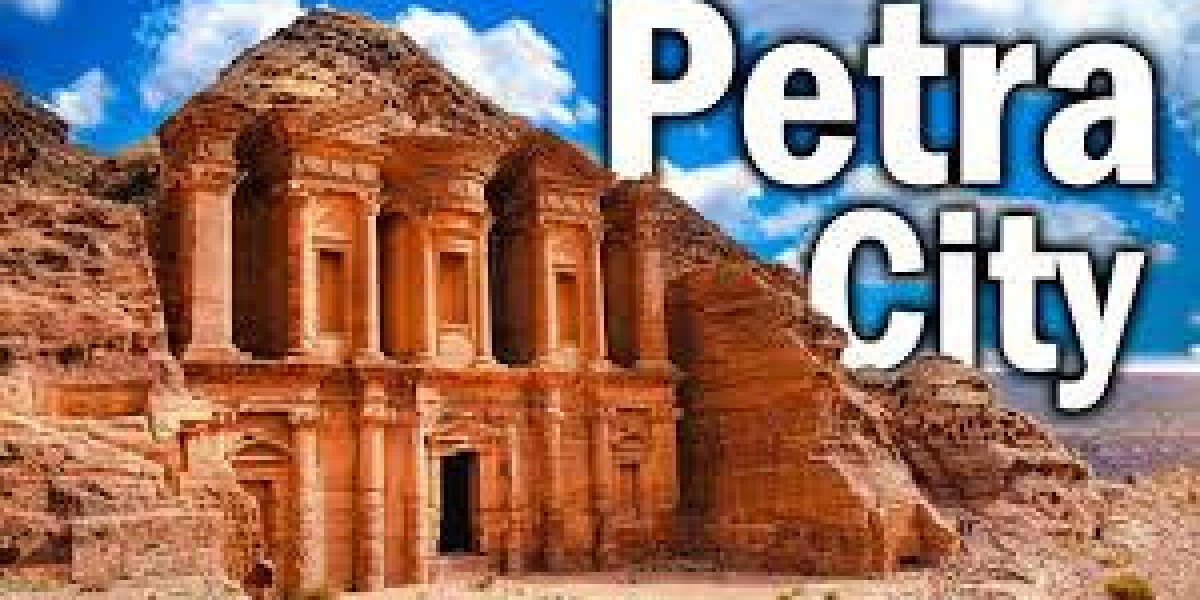The sun, a molten orb emerging from the cleft of the Edom Mountains, cast long shadows across the rose-red sandstone of Petra. I stood at the mouth of the Siq, a narrow gorge carved by millennia of wind and water, its walls towering above me like silent sentinels. Anticipation, a hummingbird in my chest, fluttered its wings. Today, I was entering the Symphony of Stone, the ancient city carved by the Nabataeans, a lost civilization that once whispered secrets to the desert winds.
The Siq, a narrow passage twisting and turning like a serpent, was a prelude to the symphony. The walls, streaked with ochre and crimson, were etched with Nabataean script, enigmatic whispers of a forgotten tongue. The air hung heavy with the scent of sun-baked stone and the rustle of unseen lizards. Each step was a beat in the rising crescendo of anticipation.
Then, the symphony reached its first movement. The Siq opened into the Treasury, a monumental facade carved directly into the sandstone cliff face. Its intricate columns, soaring like petrified giants, and the elaborate friezes above, depicting mythical creatures and forgotten gods, were a testament to the Nabataeans' artistry. The golden light, filtering through the narrow opening, painted the Treasury in hues of honey and amber, a breathtaking crescendo of color and form.
As I moved deeper into the city, the symphony unfolded in a series of movements, each more breathtaking than the last. The Roman Amphitheatre, nestled in a natural hollow, was a stage for echoes of gladiatorial battles and whispered tales of emperors. The Royal Tombs, carved high above the valley floor, were silent testaments to the power and wealth of the Nabataean kings, their facades adorned with intricate carvings and vibrant colors, a visual aria of their legacy.
But it wasn't just the grand monuments that captivated me. It was the whispers of everyday life that resonated in the alleyways and courtyards. The worn steps leading to a forgotten temple, the grooves in the cistern walls where ropes once drew water, the remnants of a marketplace where merchants once haggled and bartered – these were the intimate verses in the symphony of Petra, stories of a bustling city that once thrived in the heart of the desert.
As the sun dipped below the mountains, casting long shadows across the rose-red stone, I found myself perched on a rock overlooking the valley. The symphony had reached its finale, a harmonious blend of light and shadow, silence and the whispers of the wind. I closed my eyes, and for a moment, I could almost hear the echoes of the Nabataeans, their laughter and prayers carried on the desert breeze.
Petra was more than just a vacation spot; it was a journey into the past, a serenade played on the strings of time. It was a reminder of the impermanence of empires and the enduring power of human creativity. As I left the city, the melody of stone still resonating in my heart, I knew I would carry its symphony with me, a whispered echo of a lost civilization and a testament to the beauty that can bloom even in the harshest of landscapes.








